
Cast Your Vote! Watch the videos of the 2025 PhD Video Challenge and help decide which one will receive the People's Award prize. The winner of the People's Vote will receive a prize of €400.
More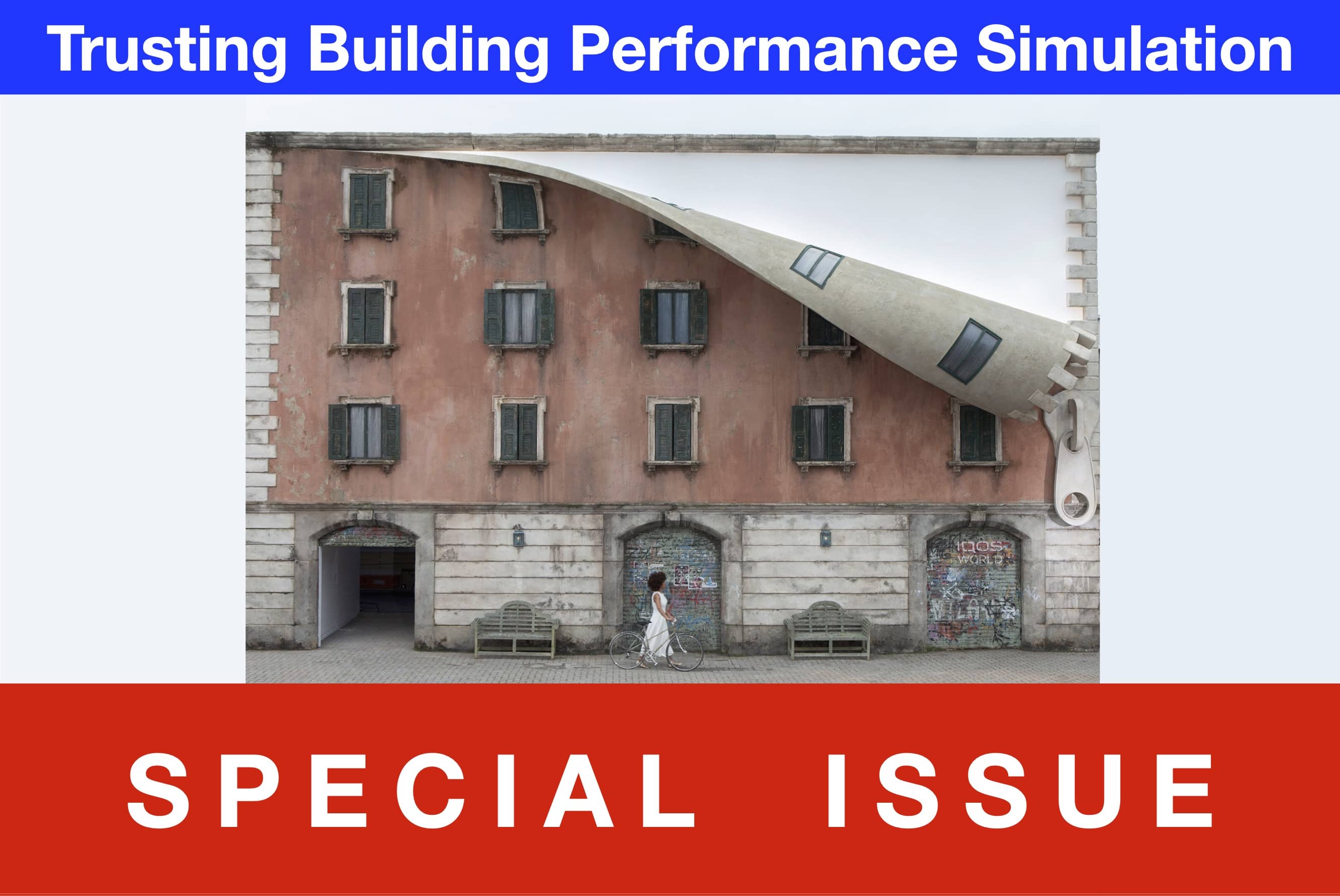
As codes and regulations become stricter, is simulation the right tool for compliance as well as sketching performance to assist design?
This special issue examines whether building performance simulations can be trusted for their accuracy and reliability. An increasing urgency exists to provide a prediction of performance over the next 50-100 years. As carbon limits become more fixed on absolute performance, a consensus is needed on how to examine performance reliably and accurately – both for new buildings as well as interventions in existing buildings. Several different concerns are addressed pertaining to the building performance gap - particularly practices and expectations.
More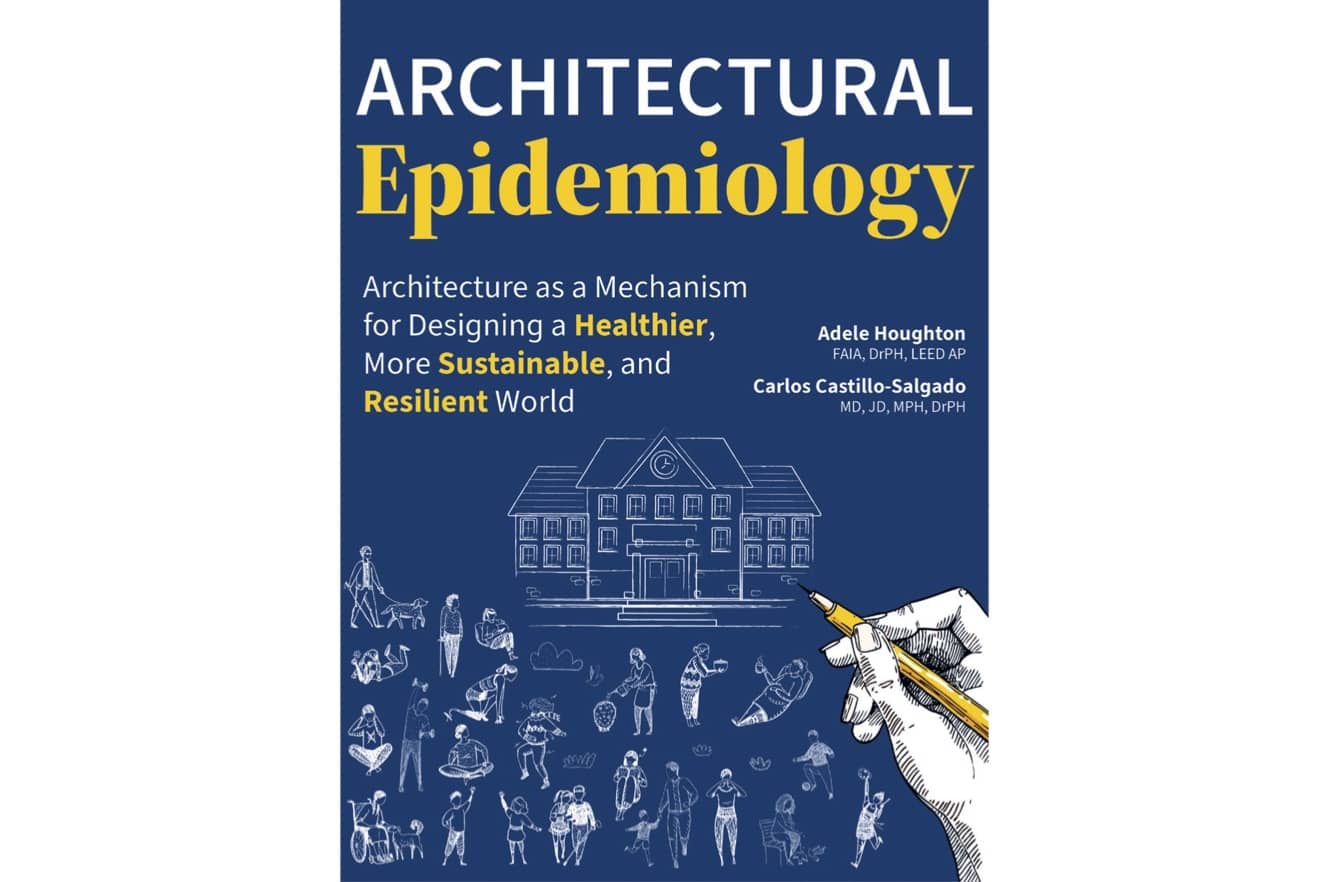
By Adele Houghton and Carlos Castillo-Salgado. John Hopkins University Press, 2025, ISBN: 9781421450698
Vivian Loftness identified this book as the most unique and critical addition to the body of literature on health in the built environment, invaluable for design professionals and educators, public health leaders, property owners and managers.
More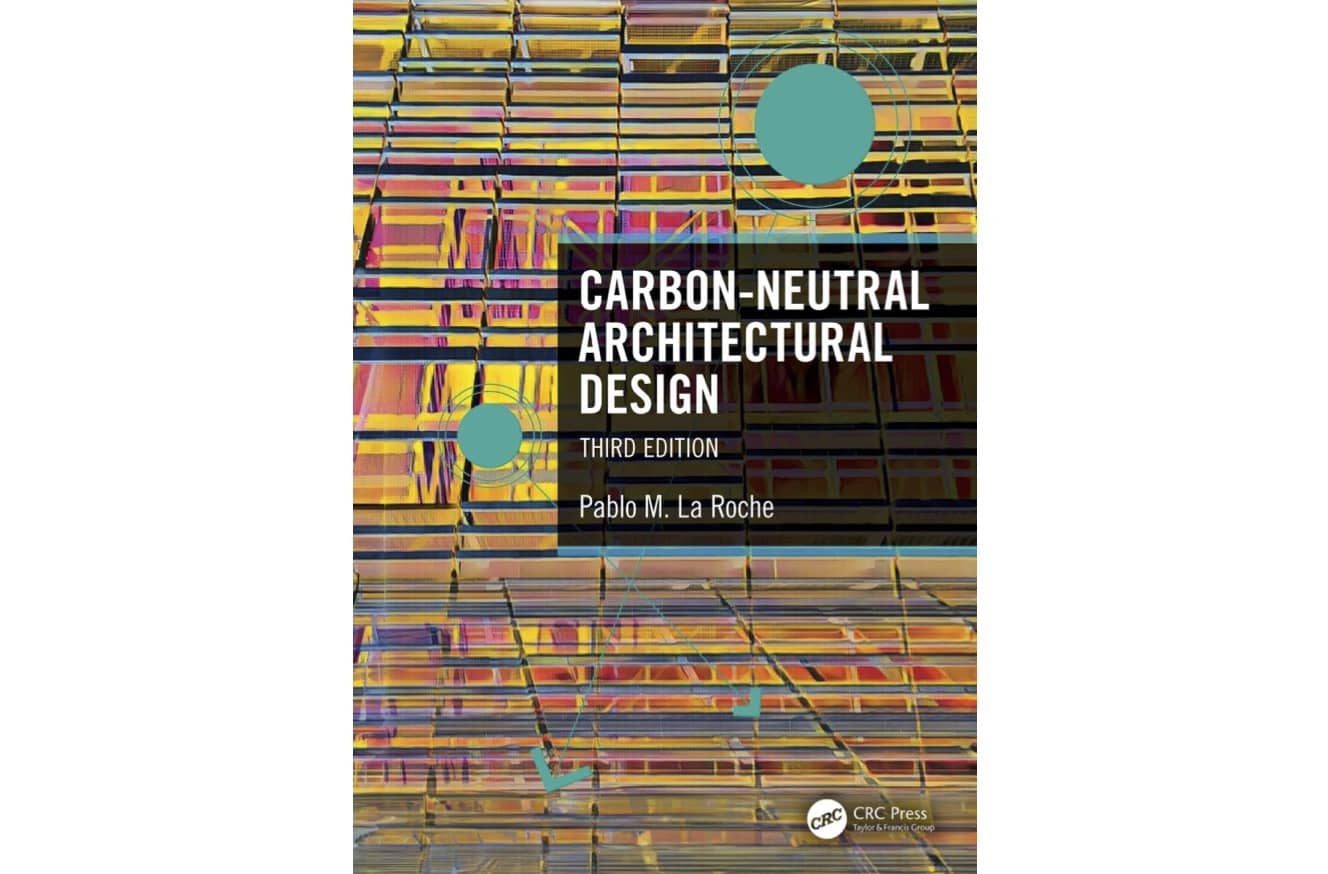
By Pablo M. La Roche. CRC Press, 2024, ISBN: 9781003014829
Ian Taylor reviews this book, which he praises as a must-read for anyone interested in carbon neutral design and sustainable architecture. The far-reaching implications of this book are expected to provide a valuable reference for researchers, policymakers, practitioners, and the general public alike. More

Overview and reflections on key built environment research challenges raised in B&C's anniversary essays
Raymond J. Cole (University of British Columbia) reflects on the key challenges raised in the 34 commissioned essays for Buildings & Cities 5th anniversary. Not only are key research issues identified, but the consequences of changing contexts for conducting research and tailoring its influence on society are highlighted as key areas of action.
More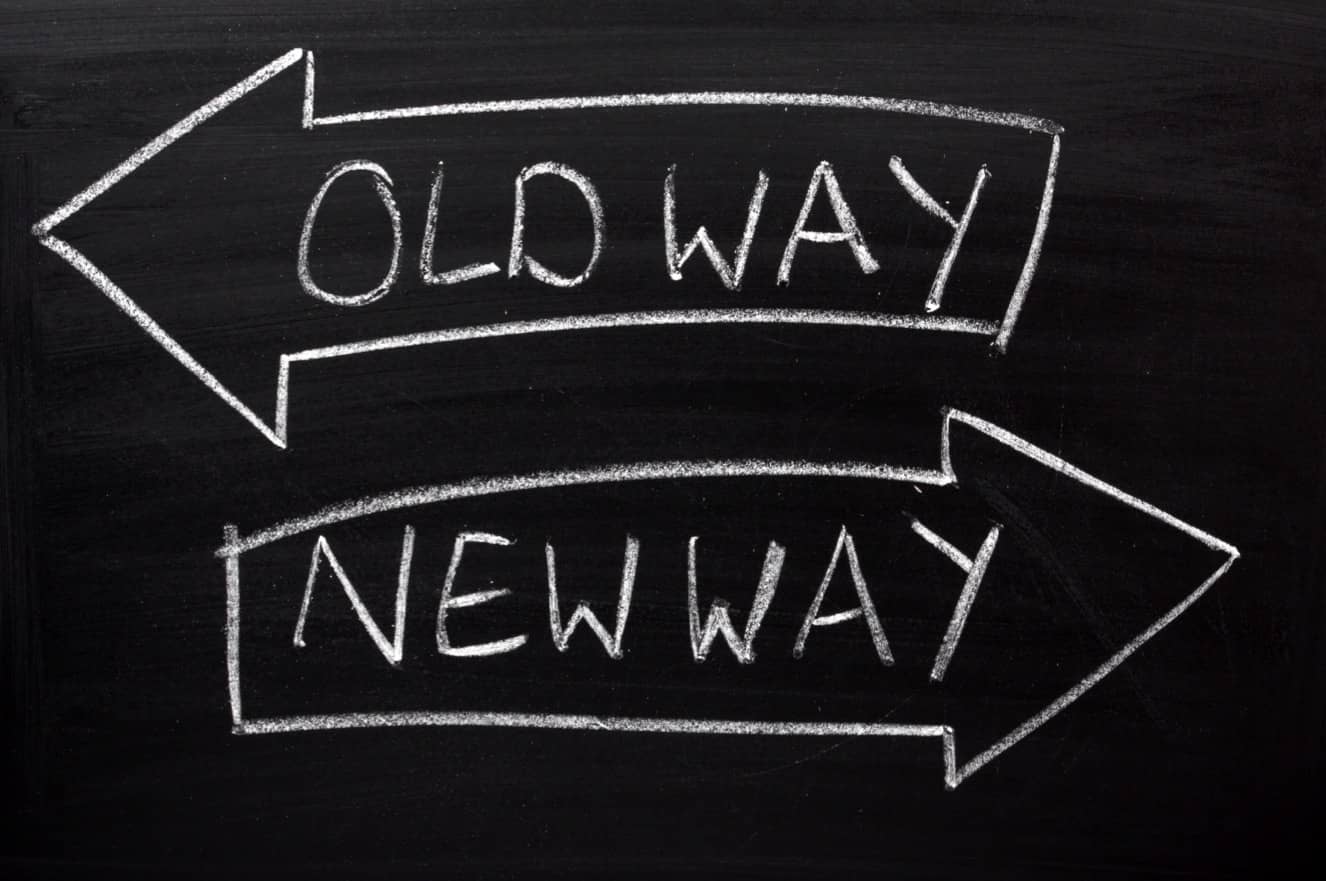
Rethinking the building code means including performance objectives to limit damage and increase redundancy
Mary C. Comerio (University of California, Berkeley) explains why disaster recovery must begin well before a disaster occurs. The goal is to reduce the potential for damage beforehand by making housing delivery (e.g. capabilities and the physical, technical and institutional infrastructures) both more resilient and more capable of building back after disasters.
More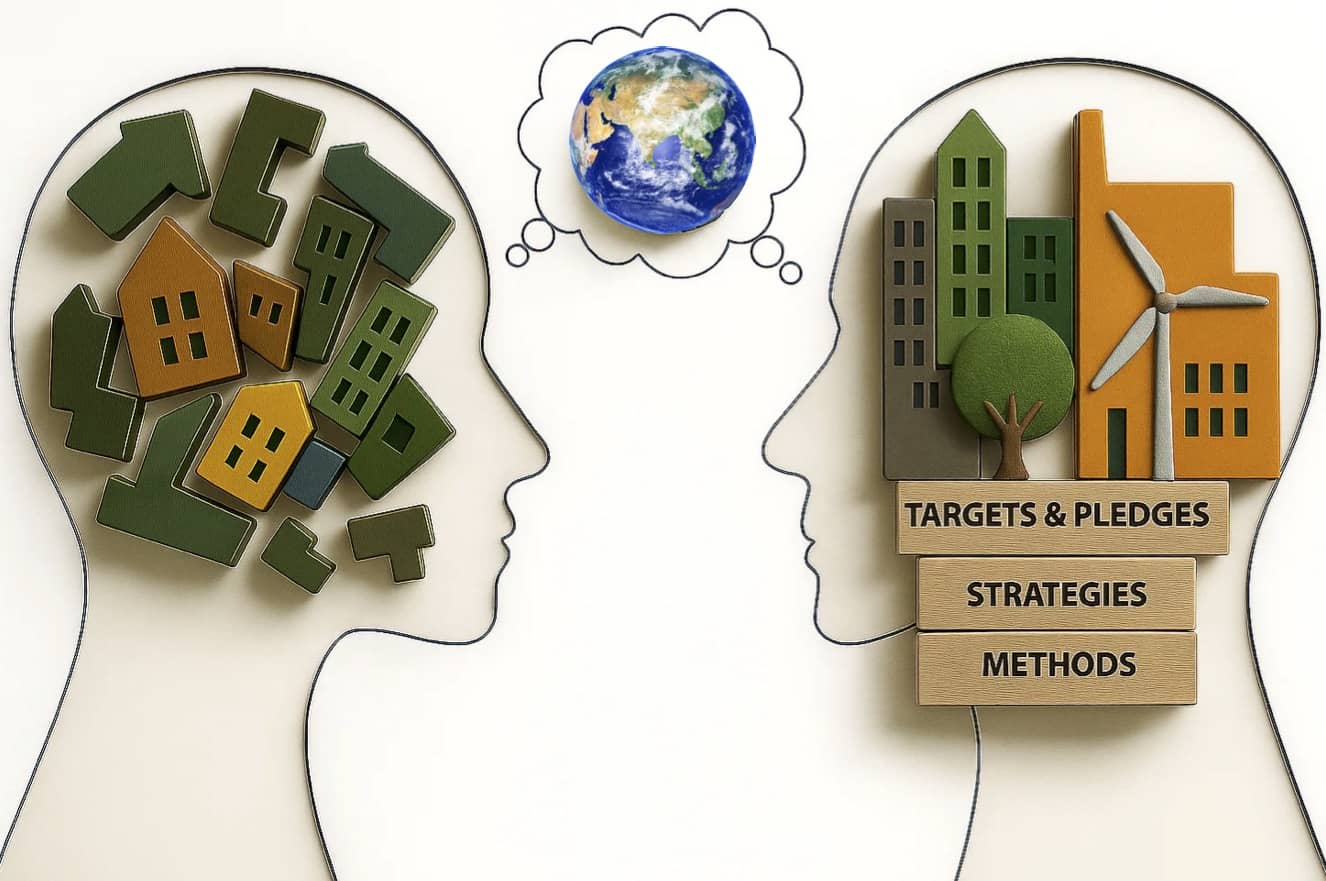
Why policymakers should create mitigation roadmaps for construction and real estate
To achieve net zero GHG emissions by mid-century (the Breakthrough Agenda) it is vital to establish explicit sector-specific roadmaps and targets. With an eye to the forthcoming COP30 in Brazil and based on work in the IEA EBC Annex 89, Thomas Lützkendorf, Greg Foliente and Alexander Passer argue why specific goals and measures for building, construction and real estate are needed in the forthcoming round of Nationally Determined Contributions (NDC 3.0).
More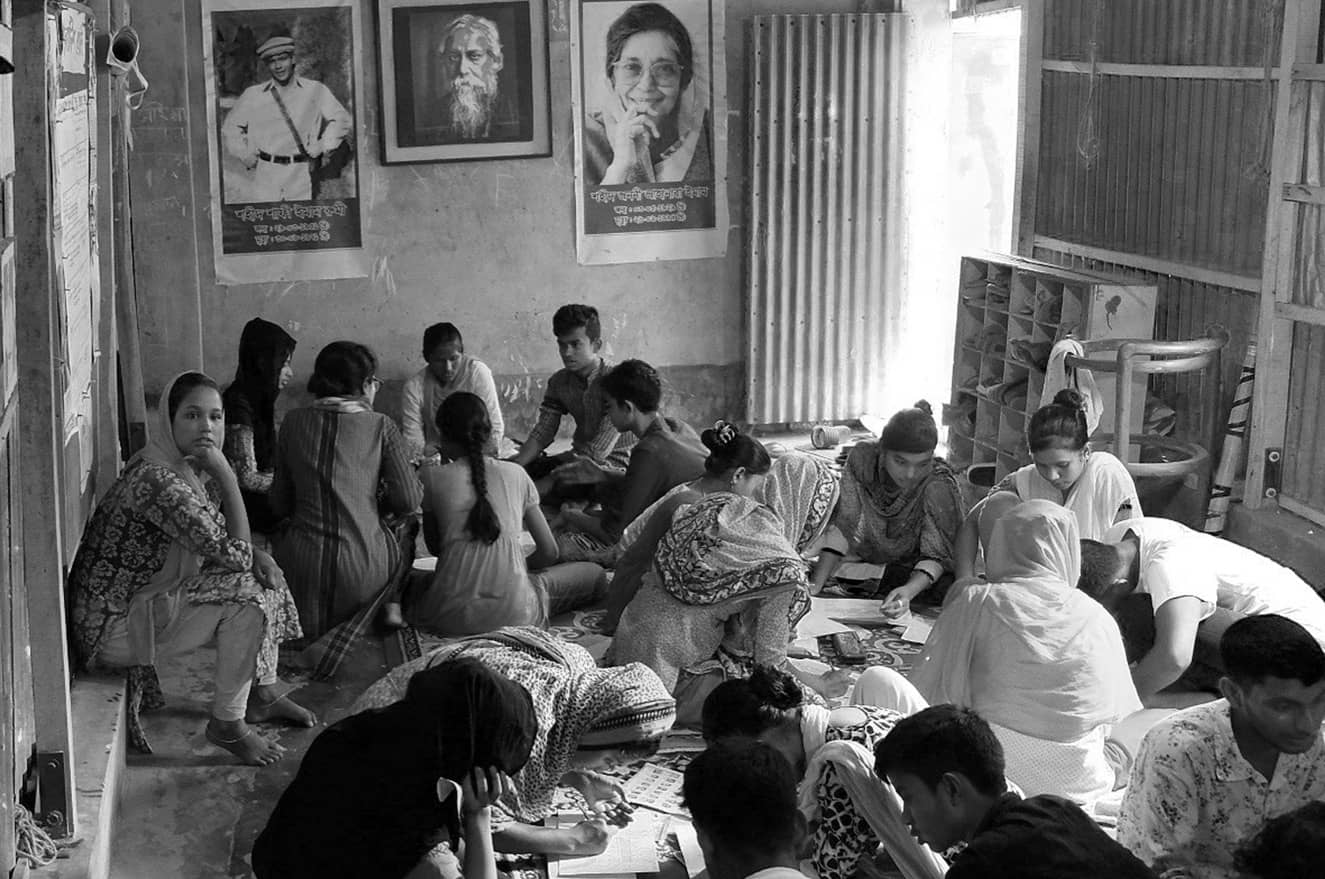
How can a self-organised initiative in an informal settlement foster community engagement and confront social issues?
While Living Labs are often framed as structured, institutionalised spaces for innovation, Sadia Sharmin (Habitat Forum Berlin) reinterprets the concept through the lens of grassroots urban practices. She argues that self-organised knowledge spaces can function as Living Labs by fostering situated learning, collective agency, and community resilience. The example of a Living Lab in Bangladesh provides a model pathway to civic participation and spatial justice.
More
Why the built environment research community is vital for policy and strategy implementation
Thomas Lützkendorf (Karlsruhe Institute of Technology) explains how the research community has helped to change the climate change policy landscape for the construction and real estate sectors, particularly for mitigating GHG emissions. Evidence can be used to influence policy pathways and carbon budgets, and to develop detailed carbon strategies and implementation. A key challenge is to create a stronger connection between the requirements for individual buildings and the national reduction pathways for the built environment.
More
Why a coordinated programme of built environment research needs to be based on the public good
Gavin Killip and Kate Simpson (Nottingham Trent University) propose a coordinated research programme of field trials to create a focus for iterative learning about outcomes in the built environment, for the public good. They explain why a transdisciplinary programme is needed and seven key characteristics of the programme are proposed.
More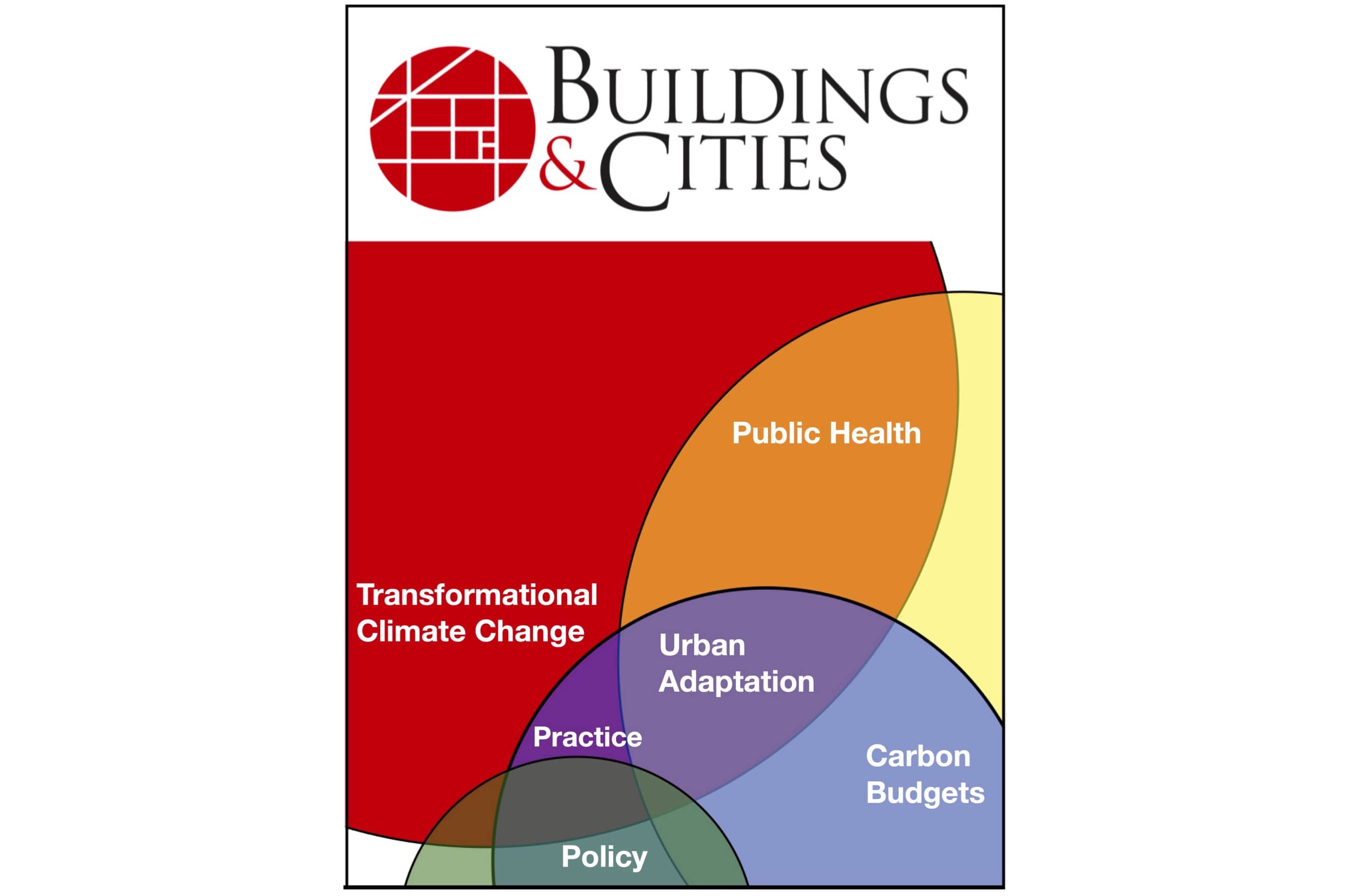
Research papers in B&C are being widely read
Buildings & Cities is pleased to announce that in 2024 our peer reviewed articles were viewed and downloaded 523,612 times from the journal's website.
The great interest shown here is an indicator of the journal's role as an important resource and as a valued contributor to the field.
More
Why a new approach to sustainable development is needed.
Alice Moncaster (University of the West of England) reflects on the lack of progress in sustainable development over several decades. This failure is argued to be linked to how sustainable development has been framed: the separation of technical issues from social justice and equity. Understanding, involving and empowering communities (and wider society) is the key to making progress and achieving sustainable development goals.
More
How building research can harness AI for mass decarbonisation
Ten years ago, it was rare to read building science papers referencing learning algorithms, sensor networks, cloud computing or digital twins. Now, data-driven techniques are at the core of building decarbonisation research, generating both new opportunities and new risks. Jenn McArthur (Toronto Metropolitan University) reflects on how the rise of artificial intelligence (AI) is transforming building decarbonisation research.
More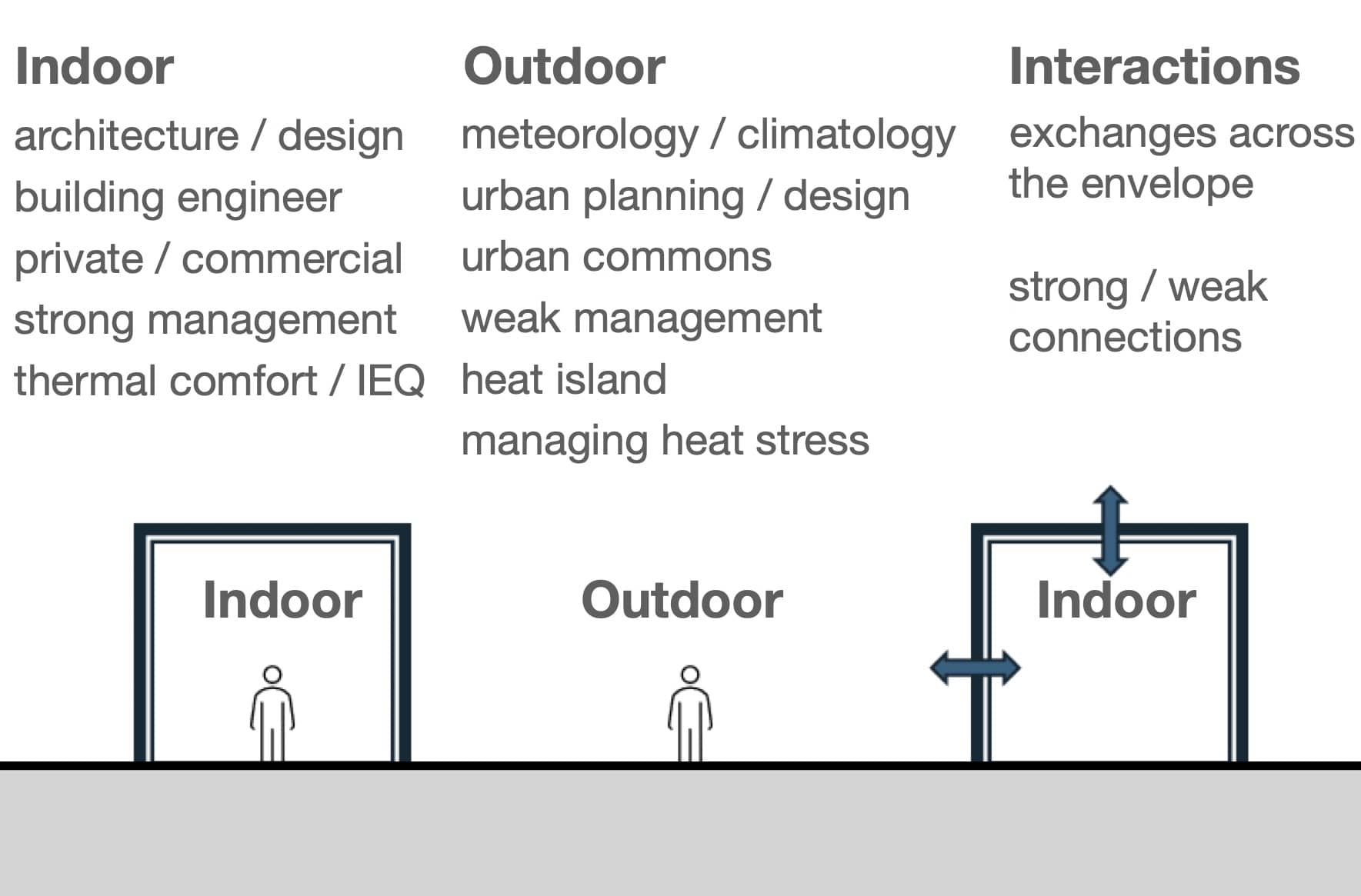
Understanding the interactions between urban form, outdoor and indoor spaces, and local climate requIres interdisciplinary interaction
Gerald Mills (University College Dublin) considers the big challenges for cities amid global climate change (GCC) and discusses the need for an inter-disciplinary approach among urban climate sciences to overcome obstacles. A distinction is made between global climate science, which focusses on Earth-scale outcomes, and urban climate science, which refers to processes and impacts at city-scales, including buildings, streets and neighbourhoods.
More
Why large cities will need to contract or be abandoned altogether
William E. Rees (University of British Columbia) explains why urbanisation has been a significant contributor to ecological overshoot (when human consumption and waste generation exceeds the regenerative capacity of supporting ecosystems) and climate change.1 Civil society needs to begin designing a truly viable future involving a 'Plan B' for orderly local degrowth of large cities.
More
Why the next industrial revolution needs to be based on nature and not "technology"
Over the past 50 years the world has seen countless summits and agreements to reduce carbon emissions and prevent ecological overshoot. We have seen widespread adoption of the SDGs, a rapid shift to renewable energy, and numerous urban planning strategies to create biodiversity corridors, rewild rivers, and enable public and non-motorised transport options. However, appearances are deceiving. Chrisna du Plessis (University of Pretoria) considers the challenge of how to foster an ecological civilization in a world obsessed with technological innovation.
More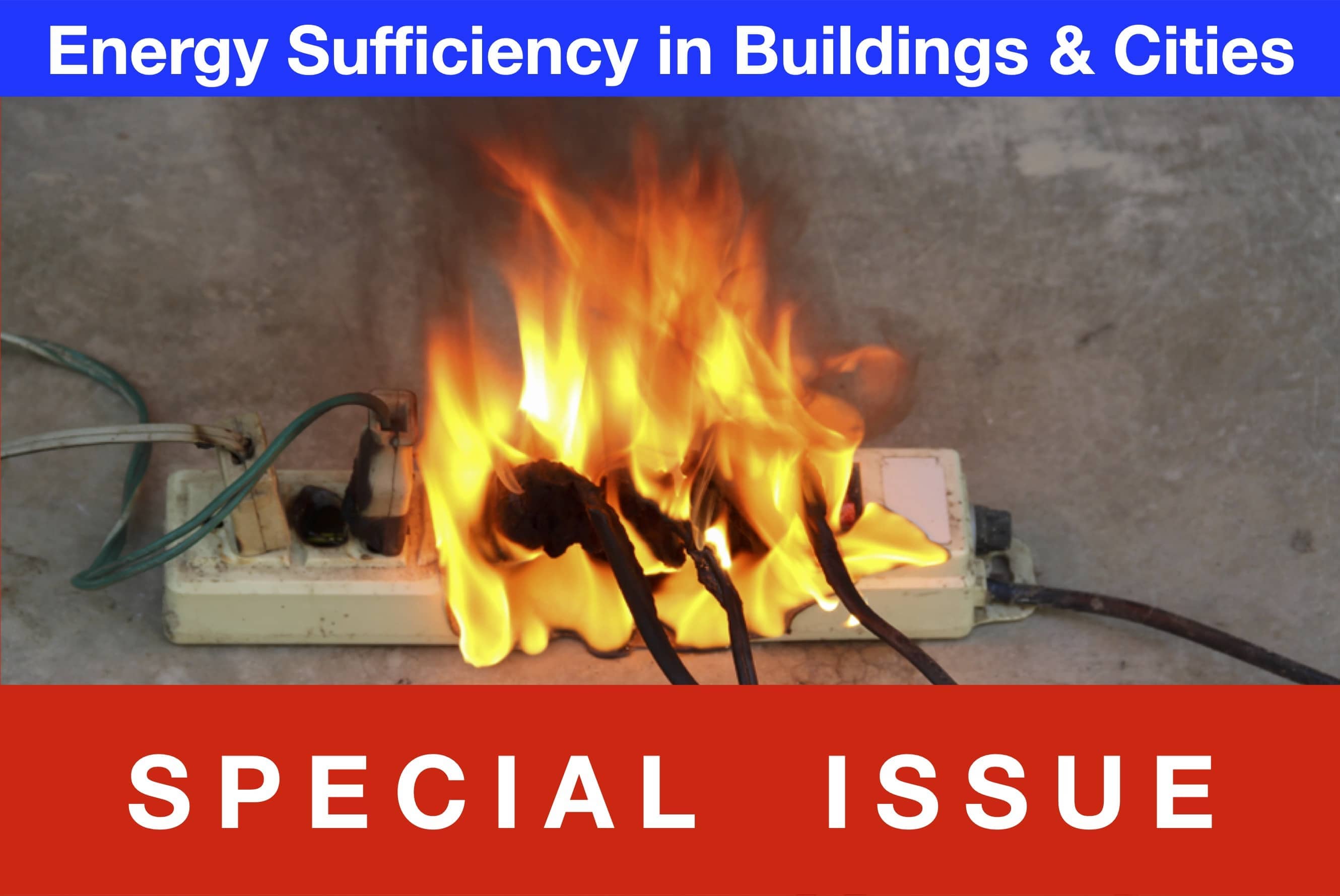
How can conditions be created for decent living standards for all without exceeding planetary limits?
Energy and climate policies have tended to focus on the promotion of energy efficiency and renewable energies, but there is no evidence that these measures alone will be able to meet climate and sustainable development goals. This special issue explores what the concept of sufficiency means for the built environment - both as a floor (minimum) and a ceiling (maximum) to ensure a "good life". Sufficiency is explored in many interconnected issues such as land use and density, space usage (size and adaptability), sharing of goods, services and spaces, and space conditioning (heating, cooling and ventilation) for health.
MoreEndorsements
Latest Peer-Reviewed Journal Content
Positive energy districts and energy communities: how living labs create value
E Malakhatka, O Shafqat, A Sandoff & L Thuvander
Built environment governance and professionalism: the end of laissez-faire (again)
S Foxell
Co-creating justice in housing energy transitions through energy living labs
D Ricci, C Leiwakabessy, S van Wieringen, P de Koning & T Konstantinou
HVAC characterisation of existing Canadian buildings for decarbonisation retrofit identification
J Adebisi & J J McArthur
Simulation and the building performance gap [editorial]
M Donn
Developing criteria for effective building-sector commitments in nationally determined contributions
P Graham, K McFarlane & M Taheri
Reimagining circularity: actions for optimising the use of existing buildings
R Lundgren, R Kyrö, S Toivonen & L Tähtinen
Effective interdisciplinary stakeholder engagement in net zero building design
S Vakeva-Baird, F Tahmasebi, JJ Williams & D Mumovic
Metrics for building component disassembly potential: a practical framework
H Järvelä, A Lehto, T Pirilä & M Kuittinen
The unfitness of dwellings: why spatial and conceptual boundaries matter
E Nisonen, D Milián Bernal & S Pelsmakers
Environmental variables and air quality: implications for planning and public health
H Itzhak-Ben-Shalom, T Saroglou, V Multanen, A Vanunu, A Karnieli, D Katoshevski, N Davidovitch & I A Meir
Exploring diverse drivers behind hybrid heating solutions
S Kilpeläinen, S Pelsmakers, R Castaño-Rosa & M-S Miettinen
Urban rooms and the expanded ecology of urban living labs
E Akbil & C Butterworth
Living with extreme heat: perceptions and experiences
L King & C Demski
A systemic decision-making model for energy retrofits
C Schünemann, M Dshemuchadse & S Scherbaum
Modelling site-specific outdoor temperature for buildings in urban environments
K Cebrat, J Narożny, M Baborska-Narożny & M Smektała
Understanding shading through home-use experience, measurement and modelling
M Baborska-Narożny, K Bandurski, & M Grudzińska
Building performance simulation for sensemaking in architectural pedagogy
M Bohm
Beyond the building: governance challenges in social housing retrofit
H Charles
Heat stress in social housing districts: tree cover–built form interaction
C Lopez-Ordoñez, E Garcia-Nevado, H Coch & M Morganti
An observational analysis of shade-related pedestrian activity
M Levenson, D Pearlmutter & O Aleksandrowicz
Learning to sail a building: a people-first approach to retrofit
B Bordass, R Pender, K Steele & A Graham
Market transformations: gas conversion as a blueprint for net zero retrofit
A Gillich
Resistance against zero-emission neighbourhood infrastructuring: key lessons from Norway
T Berker & R Woods
Megatrends and weak signals shaping future real estate
S Toivonen
A strategic niche management framework to scale deep energy retrofits
T H King & M Jemtrud
Generative AI: reconfiguring supervision and doctoral research
P Boyd & D Harding
Exploring interactions between shading and view using visual difference prediction
S Wasilewski & M Andersen
How urban green infrastructure contributes to carbon neutrality [briefing note]
R Hautamäki, L Kulmala, M Ariluoma & L Järvi
Implementing and operating net zero buildings in South Africa
R Terblanche, C May & J Steward
Quantifying inter-dwelling air exchanges during fan pressurisation tests
D Glew, F Thomas, D Miles-Shenton & J Parker
Western Asian and Northern African residential building stocks: archetype analysis
S Akin, A Eghbali, C Nwagwu & E Hertwich







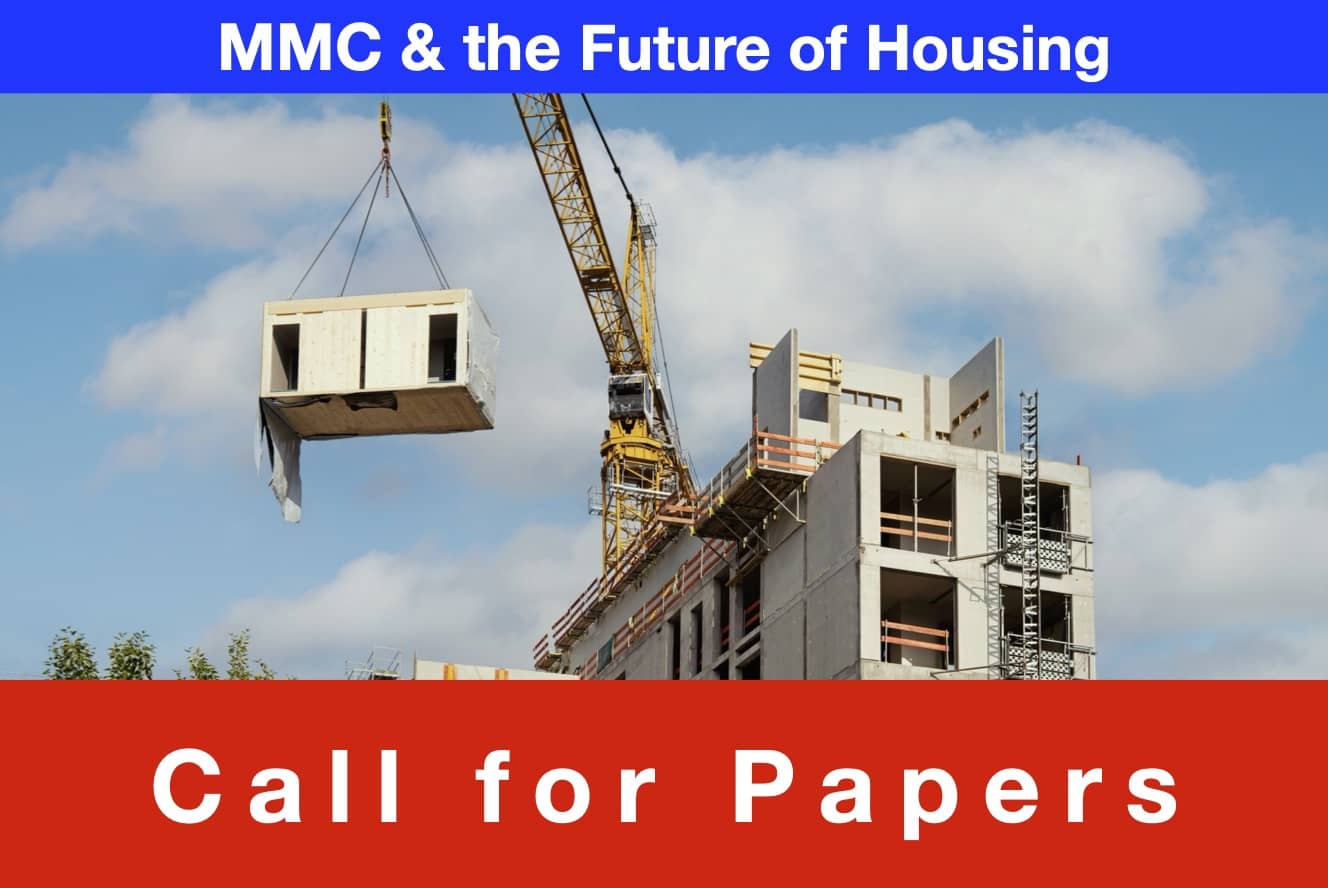




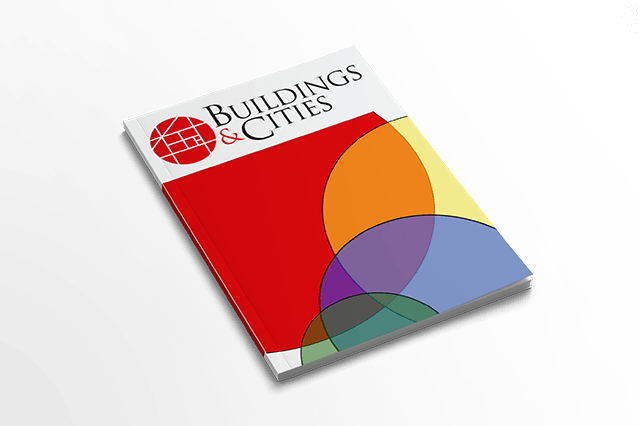
Latest Commentaries
Building-Related Research: New Context, New Challenges
Raymond J. Cole (University of British Columbia) reflects on the key challenges raised in the 34 commissioned essays for Buildings & Cities 5th anniversary. Not only are key research issues identified, but the consequences of changing contexts for conducting research and tailoring its influence on society are highlighted as key areas of action.
Lessons from Disaster Recovery: Build Better Before
Mary C. Comerio (University of California, Berkeley) explains why disaster recovery must begin well before a disaster occurs. The goal is to reduce the potential for damage beforehand by making housing delivery (e.g. capabilities and the physical, technical and institutional infrastructures) both more resilient and more capable of building back after disasters.